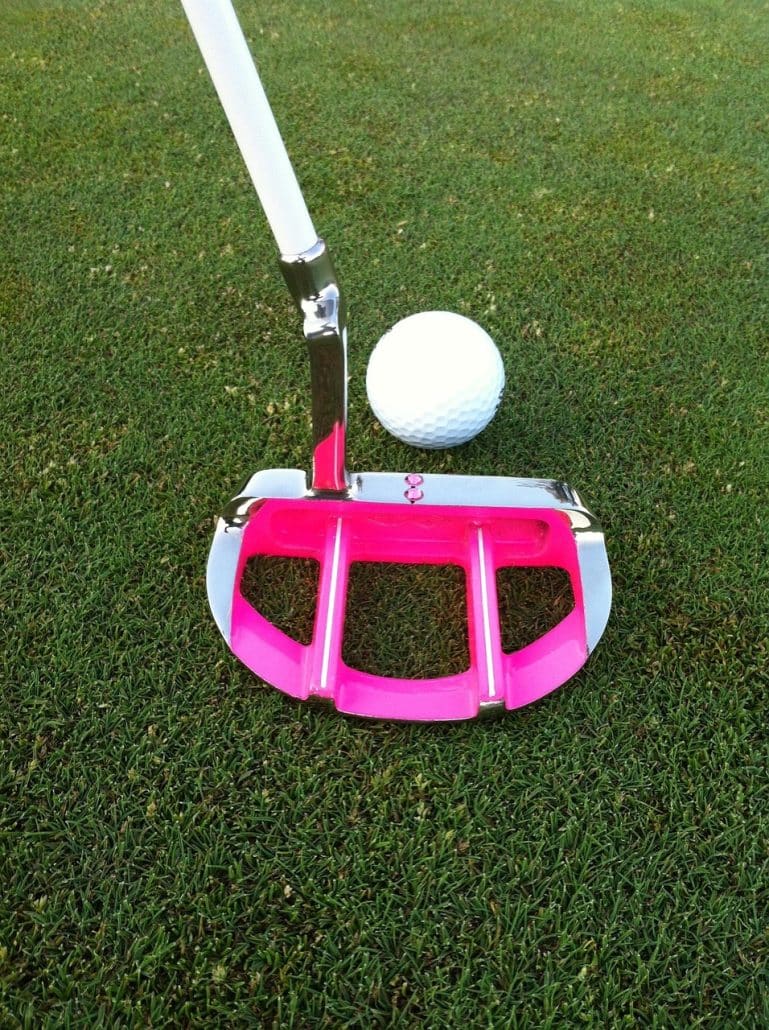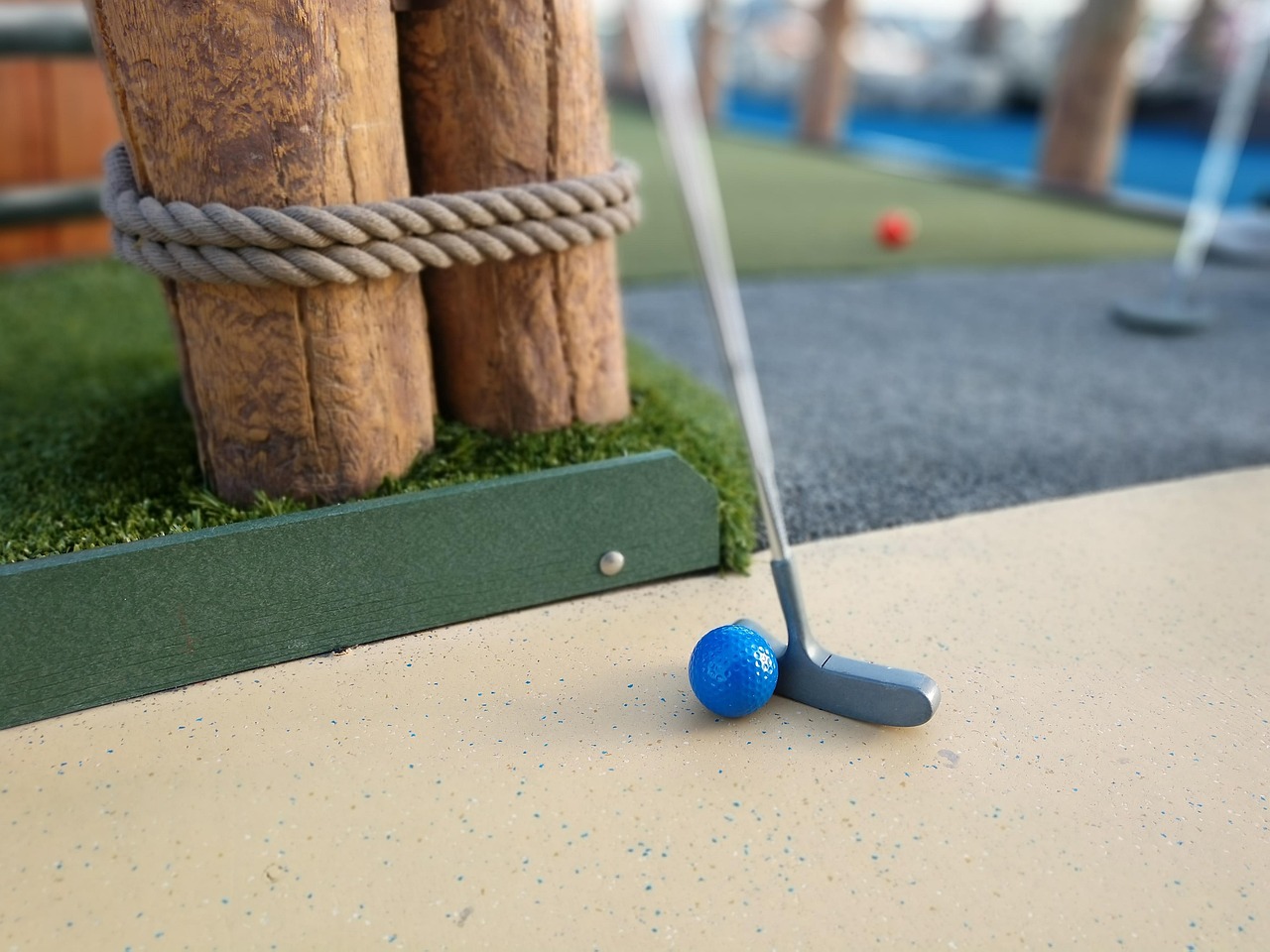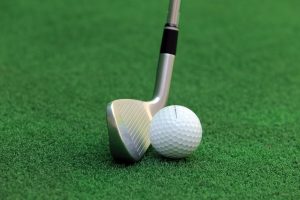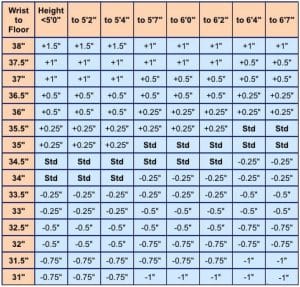Have you ever wondered about the impact of using the right putter for your golf stroke? The journey to finding the perfect putter can often feel as complex as solving a mystery. This tool, often underappreciated in its power, can significantly affect your performance on the green. Understanding what putter suits your stroke could be the key to refining your game and shifting the odds significantly in your favor.

Understanding Your Stroke Type
Before delving into the most suitable putters, it is crucial to understand the type of stroke you employ. Broadly, golfers have either an arc stroke or a straight-back, straight-through (SBST) stroke. Identifying your stroke type is the first step towards aligning yourself with the correct equipment that complements your natural motion.
Arc Stroke
An arc stroke is characterized by a natural curvature as you pull the putter back. In this stroke, the clubhead follows a slight curve rather than a straight line. This style suggests a need for a putter that accommodates the arc, generally one with toe hang.
Straight-Back, Straight-Through Stroke
The SBST stroke involves moving the putter straight back and pushing it straight through to the ball. This type of stroke is typically complemented by face-balanced putters that help maintain a square alignment through the entire motion.
The Science Behind Putter Design
Understanding the anatomy of putters and the science behind their design can significantly enlighten your selection process. Various elements such as weight distribution, center of gravity, and alignment aids can impact your stroke consistency and accuracy.
Weight Distribution
The distribution of weight in a putter affects how it handles during your stroke. Heavier putters can stabilize strokes and are often preferred on faster greens. Conversely, lighter putters offer greater control and are ideal for slower greens where you need to impart more energy on the ball.
Center of Gravity
The center of gravity (CG) in a putter influences the moment of inertia (MOI), affecting stability during impact. A lower CG can help lift the ball, providing a smoother roll. Selecting a putter with the right CG can help you achieve a more controlled and stable stroke.
Alignment Aids
Visual alignment aids on the putter can enhance your precision. Whether you prefer a simple line or a more complex visual pattern, alignment aids can help guide your setup and ensure you are aimed correctly at your target.
Evaluating Different Types of Putters
Let’s explore the types of putters and how their specific features cater to different stroke styles.
Mallet Putters
Mallet putters are larger and often provide a more forgiving feel due to their weight distribution. They are excellent for golfers with an SBST stroke due to their high MOI, which keeps the face square.
Blade Putters
Blade putters feature a more traditional shape and are generally lighter. These putters are typically preferred by golfers with an arc stroke, as their design allows for more face rotation through the stroke.
Face-Balanced Putters
These putters are ideal for an SBST stroke, as their design limits face rotation, keeping the putter face square to the target line.
Toe-Hang Putters
Toe-hang putters suit players with an arc stroke by allowing the putter to open and close naturally through the stroke.
Fit Your Putter to Your Stroke
Finding the right putter involves not only understanding design elements and stroke types but also ensuring the putter fits you personally. This includes factors like length, lie angle, and grip size, which can be tailored to match your physical dimensions and preferences.
Putter Length
The correct putter length is essential for maintaining a comfortable stance and ensuring proper alignment. The putter length should allow your eyes to be positioned directly over the ball, fostering a natural swing.
Typical Putter Length Guide:
| Player Height | Putter Length |
|---|---|
| Below 5′ | 32″ – 33″ |
| 5′ – 5’6″ | 33″ – 34″ |
| 5’6″ – 6’1″ | 34″ – 35″ |
| Above 6’1″ | 35″+ |
Adjusting the Lie Angle
The lie angle affects the putter’s alignment and the ball’s roll direction. A proper lie ensures that the sole of the putter rests flat on the ground. An angled lie could cause off-center hits, influencing ball direction unfavorably.
Grip Size
Grip size influences your stroke mechanics. A larger grip can minimize wrist action, promoting a more pendulum-like stroke, while a smaller grip offers enhanced feel and precision. Choosing the grip size that complements your comfort and control is essential for effective putting.

Testing and Perfecting Your Putter Choice
After understanding the technical aspects and preferences, it is vital to test your putter choice. Engage in practice sessions using putters that meet your stroke and personal characteristics. Pay attention to how they feel, the control they offer, and your performance consistency.
On the Practice Green
Incorporate drills focusing on distance control and alignment on the practice green. Spend time observing how different putters interact with the ball and how they influence your accuracy and distance control.
Fine-Tuning Performance
High-performance putting often boils down to subtle adjustments. Fine-tuning your stroke with the right putter involves feedback and experimentation to achieve a seamless and natural putting technique. It’s about forging a relationship between you and your equipment, fostering trust in your game.
Additional Considerations for Putter Selection
Delving beyond the basic mechanics, consider additional factors that might influence your choice of putter.
Green Speed and Surface
Understanding the typical green speed and surface can guide your putter selection. Slower greens benefit from heavier putters owing to the extra energy transfer required. Conversely, fast greens are better suited to lighter putters that allow for gentle strokes.
Personal Preference
Ultimately, your comfort and confidence with a putter are paramount. Aesthetic appeal, brand loyalty, and past experiences can shape your choice. The right putter should feel like an extension of your arms.
Professional Fitting
Consulting with a professional fitter can illuminate aspects you may overlook. Fittings provide personalized insights that consider intricate details, ensuring your equipment truly complements your game.

Conclusion
Identifying the best putter for your stroke is not a one-size-fits-all solution. It requires a keen understanding of your putting style, physical characteristics, and the nuanced features of putter designs. By aligning these factors, you can optimally equip yourself to improve your performance and enjoy a more consistent putting encounter. Remember, the connection between you and your putter is vital—choose wisely, and your game will thank you.











